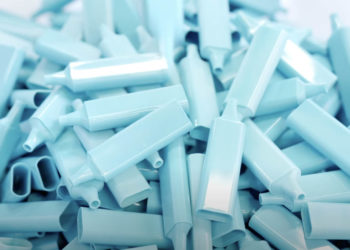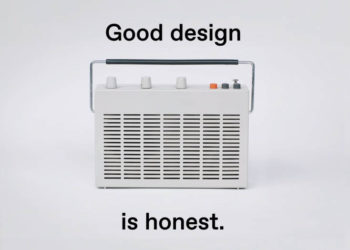For those of us of a certain age who grew up in the US, Mister Rogers’ trip to a crayon factory remains a formative moment in understanding the world. There’s something fascinating about seeing the process through which the everyday objects we use are created (see also how highlighter pens are made at the link above). Today, via Wired, we offer a look at hard candy, specifically candy canes, drop candy and “image” candy. Here the process is much less industrial and instead requires a level of craftsmanship and touch in manipulating what are essentially non-Newtonian fluids. Most of the equipment and methods used date back to the 1800s. Whether the stretching process whereby a big log of melted sugar becomes a petite candy cane, or the “drop” in drop candy, this is fun to see.



